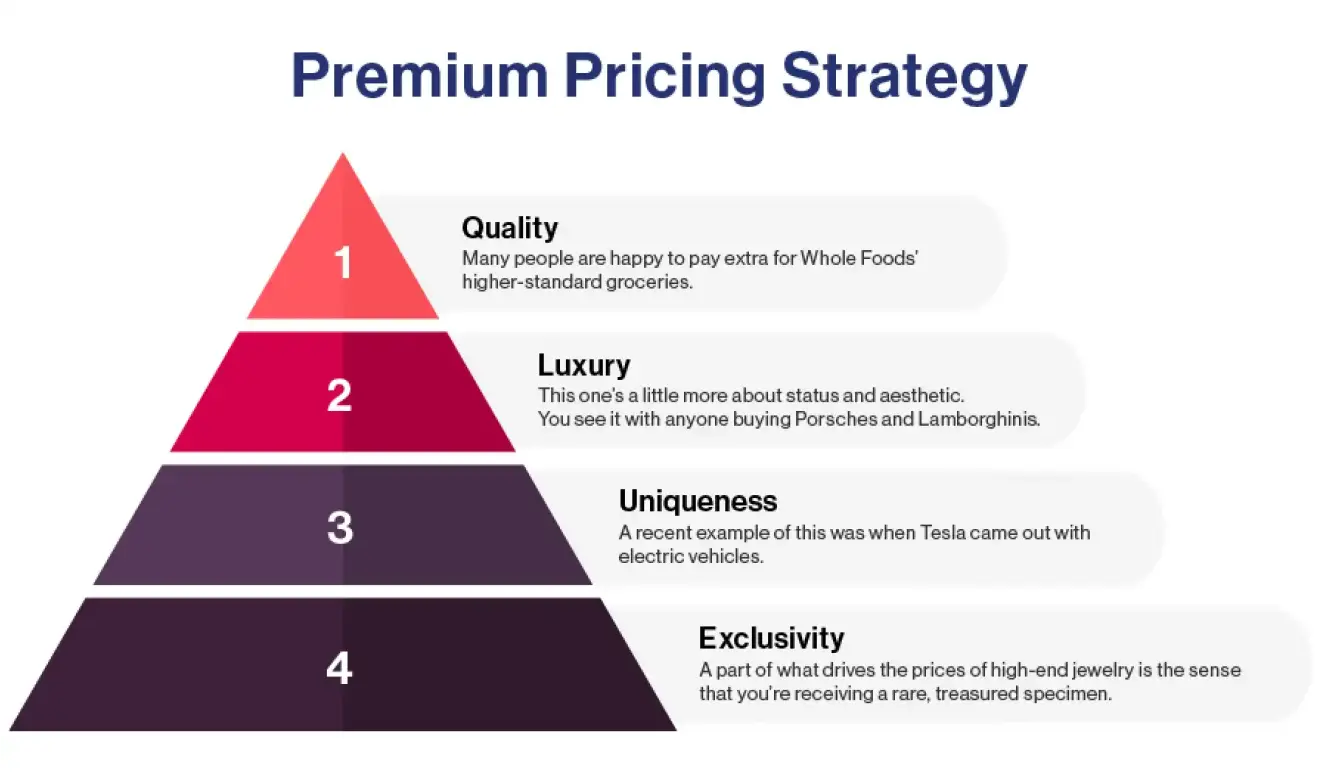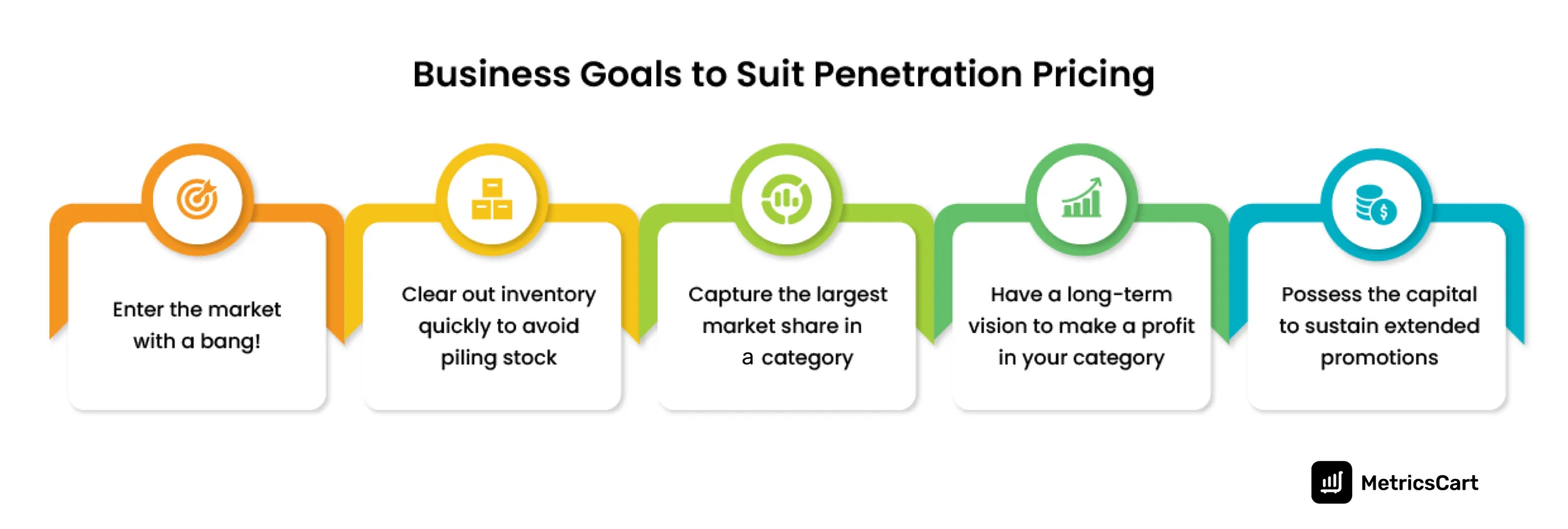Producing a Dynamic Pricing Strategy to Keep Ahead of the Competition
Producing a Dynamic Pricing Strategy to Keep Ahead of the Competition
Blog Article

Master Effective Rates Strategies to Optimize Earnings
In the ever-evolving landscape of commerce, grasping effective pricing methods is essential for services aiming to optimize revenue. A nuanced understanding of pricing psychology can dramatically affect consumer actions and buying decisions.
Recognizing Pricing Psychology
Comprehending prices psychology is important for organizations intending to maximize their rates strategies. This field takes a look at exactly how customers view prices and exactly how these assumptions influence their buying choices. Key ideas in prices psychology consist of the anchoring result, where the initial price provided acts as a reference factor for customers, and the principle of price level of sensitivity, which differs among various consumer segments.
Furthermore, organizations can leverage the concept of perceived worth, where the regarded advantages of a service or product can justify a greater rate point. For circumstances, costs prices can create an aura of exclusivity, drawing in customers who connect greater costs with premium top quality. On the other hand, emotional rates, such as setting a rate at $9.99 rather than $10, can substantially affect customer habits by making costs show up more eye-catching.
Furthermore, deficiency and necessity can boost the regarded worth of products, prompting quicker acquiring decisions. Recognizing these emotional triggers enables businesses to formulate rates strategies that not just drive sales yet also foster client loyalty. Thus, grasping prices psychology is important for effective prices approach formulation, bring about improved profitability and market positioning.
Applying Value-Based Prices

Next off, section your consumers based on their willingness to pay and the worth they perceive. By doing so, you can tailor offerings and prices techniques to line up with different segments.
Continuously check market conditions and customer responses to improve your prices approach over time. By carrying out value-based prices, services can enhance productivity while cultivating long-lasting customer loyalty.
Discovering Dynamic Pricing Versions
In today's rapidly transforming market landscape, vibrant prices versions have become an effective method for services seeking to maximize earnings and respond to variations in need. These versions allow firms to change their rates in real-time based on various elements such as customer habits, market patterns, and stock degrees. By leveraging information analytics and formulas, companies can recognize optimal prices factors that make the most of sales while continuing to be affordable.
Dynamic pricing can take various kinds, consisting of time-based prices, where rates change based upon time of day or season, and demand-based rates, which changes prices according to current consumer need. This versatility not only boosts earnings yet also boosts customer satisfaction by providing rates that show real-time market problems.
Carrying out dynamic prices calls for a durable technological framework and a deep understanding of consumer sections. It is vital for companies to keep an eye on market signals and consumer reactions constantly, making certain that pricing techniques line up with more comprehensive service objectives. Furthermore, clear interaction about rates changes can help reduce client discontentment and foster depend on, ultimately bring about sustained earnings in a click to investigate competitive market. Welcoming vibrant rates can therefore be a transformative strategy in the mission for maximizing income.
Analyzing Competitor Prices
Checking competitor rates is important for businesses intending to keep a competitive side in their respective markets. By evaluating rivals' rates approaches, firms can identify market fads, understand customer preferences, and change their rates appropriately. This evaluation includes celebration information on rivals' prices, promotional approaches, and product offerings to notify prices decisions.
To successfully assess rival rates, organizations must make use of numerous tools and methods, such as cost tracking software program, market study records, and customer responses. This data can expose just how rivals place their solutions and items, allowing services to distinguish their offerings or take on similar approaches to continue to be relevant.
Furthermore, it is critical to classify rivals into direct and indirect competitors. Direct competitors supply comparable service or products, while indirect rivals might accomplish the same client need with various solutions. Understanding the nuances between these teams will certainly make it possible for businesses to tailor their rates strategies a lot more efficiently.
Ultimately, recurring rival pricing evaluation is crucial for making enlightened rates decisions. It allows organizations to continue to be agile in reaction to market shifts, guaranteeing they can take opportunities and mitigate threats connected with prices strategies.
Reviewing Prices Efficiency
Understanding exactly how rival rates influences market characteristics leads to a natural focus on examining rates efficiency within one's very own organization. This assessment is vital for recognizing locations of strength and opportunities for renovation, inevitably improving productivity.

Additionally, conducting normal prices audits can reveal inconsistencies in between expected and actual performance. This entails contrasting pricing data across various segments and channels to understand variations and recognize fads. Integrating customer responses can give understandings right into perceived worth versus real pricing, guaranteeing positioning with market assumptions.
Last but not least, leveraging data analytics devices can help with deeper understandings into prices performance, allowing organizations to make data-driven modifications (Pricing Strategy). By continuously reviewing rates efficiency, organizations can adjust to market changes and optimize their techniques, ensuring continual earnings in a competitive landscape
Final Thought
By leveraging pricing psychology, organizations can improve regarded worth and dressmaker rates to varied her explanation client sectors. The adoption of value-based and vibrant prices versions helps with real-time adjustments based on demand and customer desire to pay.
Comprehending rates psychology is vital for services aiming to maximize their prices methods. Understanding these mental triggers enables businesses to formulate prices strategies that not just drive sales but likewise foster customer loyalty. Therefore, grasping prices psychology is essential for efficient rates strategy formula, leading to improved productivity and market positioning.
By examining competitors' prices strategies, business can recognize market fads, understand customer choices, and change their rates accordingly. By leveraging rates psychology, businesses can enhance perceived worth and dressmaker prices to diverse customer segments.
Report this page